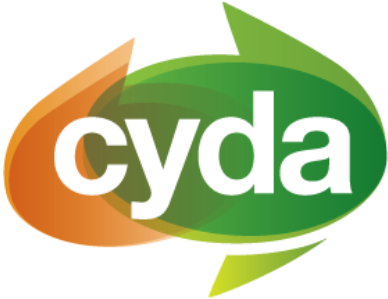Izzie Choate takes us on a tour of YDAN, talking about accessibility in the workplace as part of CYDA’s DREAM Employment Network.
[Description: TikTok of a young person with shoulder length brown hair and brown eyes, wearing a rainbow lanyard, taking us on a tour of their workplace. When the music plays, access tips pop up on the screen. The tips are written out below.]
Izzie's tips for an accessible workplace:
Access tip #1: Flexible work times.
Access tip #2: I promise we feel bad if we’re late – please don’t make us feel worse!
Access tip #3: Mask up OR don’t make a big deal if others do.
Access tip #4: Be aware of your colleague’s access needs and do your best to support them.
Access tip #5: Schedule your days according to how your body works.
Access tip #6: Have different levels or adjustable lighting to accomodate sensory sensitivities.
Access tip #7: Access is intersectional! Normalise using pronouns.
Access tip #8: Build a workplace culture that allows people to share their capacity.
Access tip #9: Set office expectations – this helps everyone stay on the same page.
Access tip #10: Have multiple formats for communicating with staff.
Access tip #11: Have a designated quiet space for people who need silence to work.
Access tip #12: Cater for all dietary requirements so people are included without having to tell you.
Access tip #13: Let your staff use fidgets! They help us concentrate 🙂
Access tip #14: Don’t forget to sanitise any shared items!
Access tip #15: Let staff take frequent breaks!
Access tip #16: Have safety protocols in place so you know where staff are, but allow us our own agency.
Access tip #17: Allow flexible work structures and working locations.
Access tip #18: Representation matters! How can your staff feel included at work?
Access tip #19: Be flexible with dress standards and working locations where possible.

About the vlogger:
Isabella Choate (she/they) is a lived experience advocate working across disability, mental-ill health, LGBTQIA+, young carer, and youth spaces. They work from an intersectional, disability justice, and consumer/survivor movement lens.


